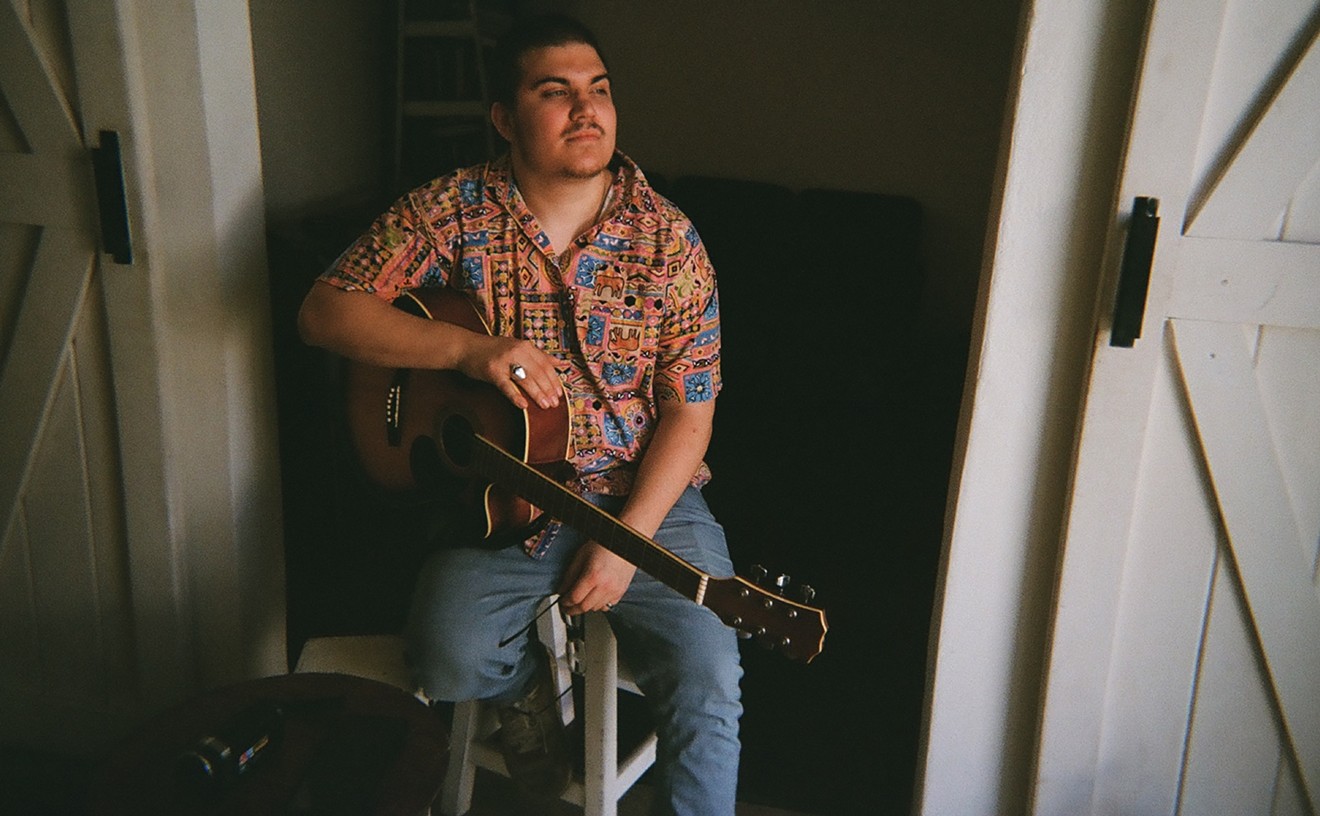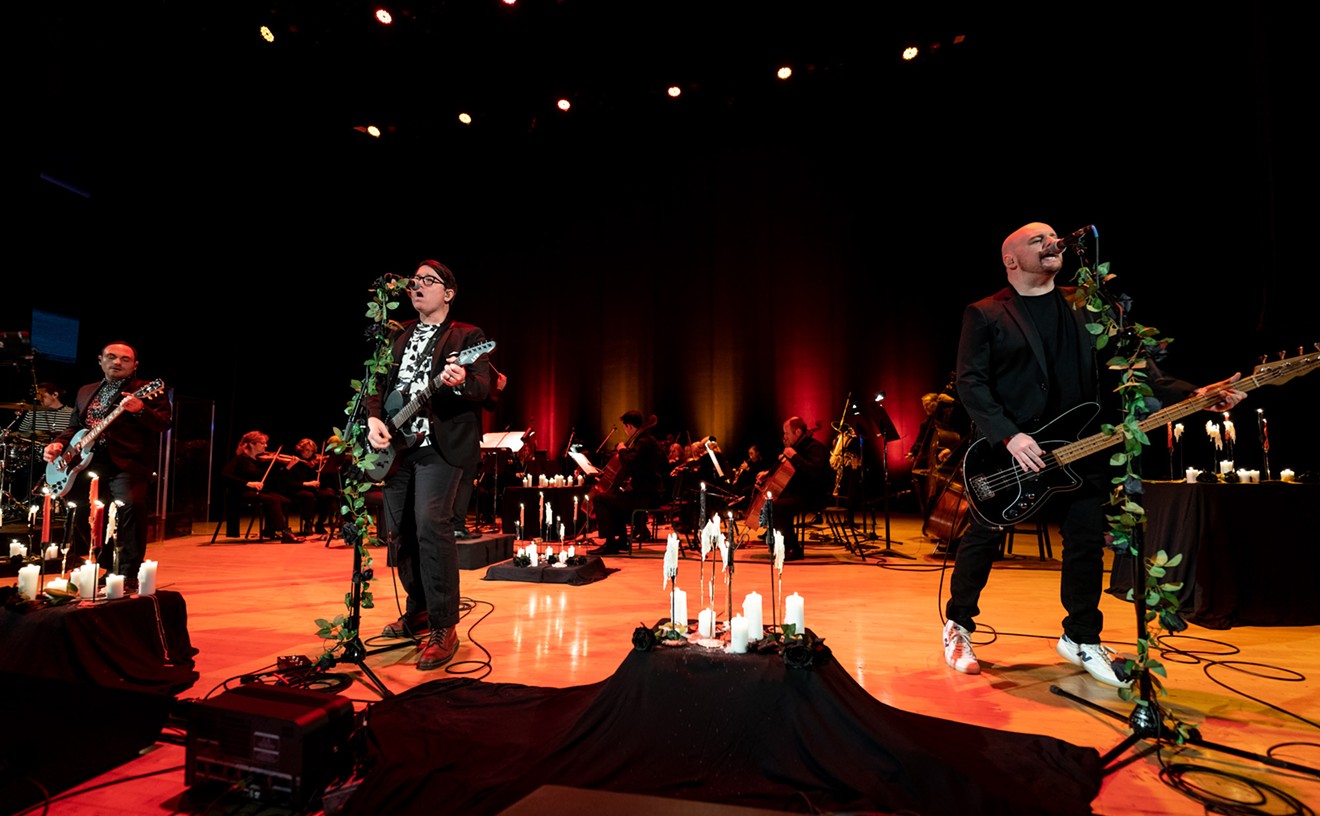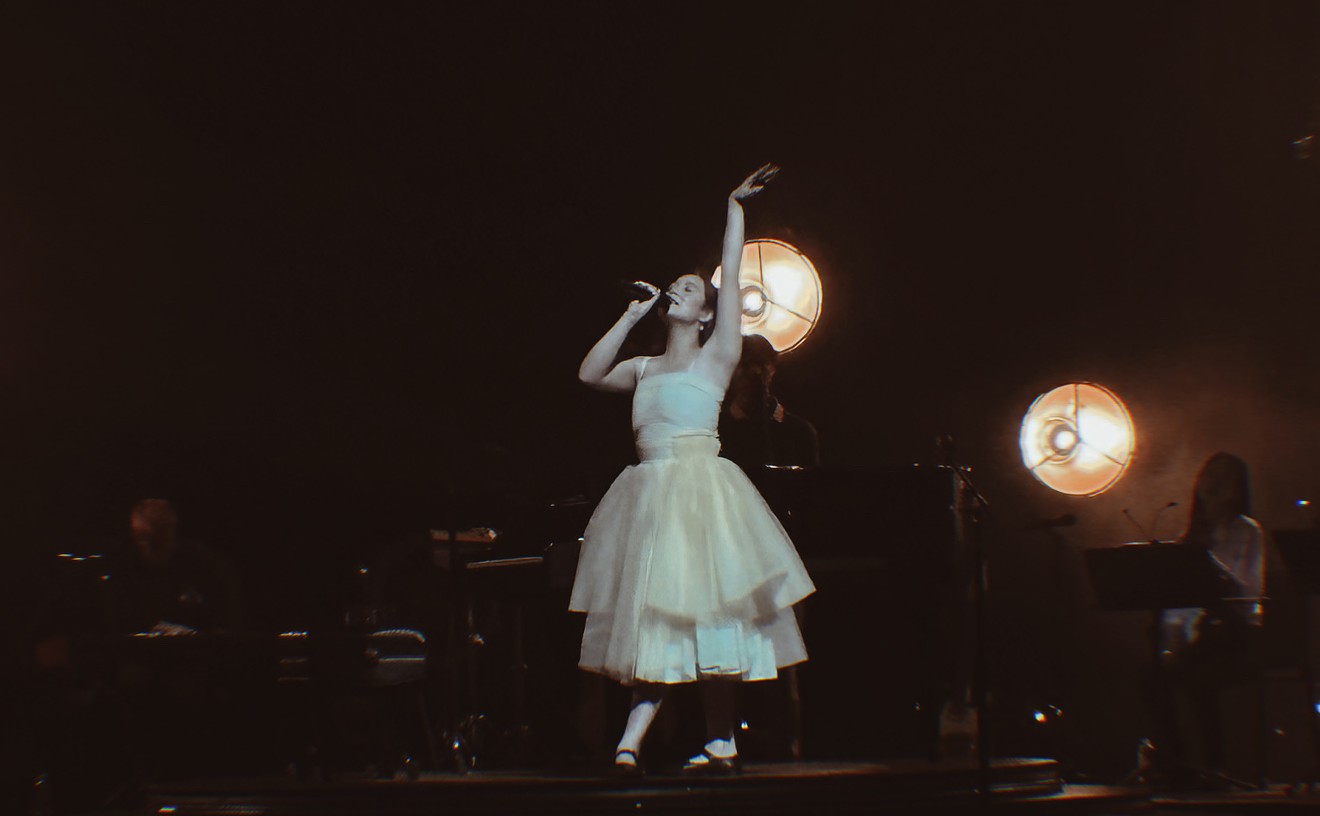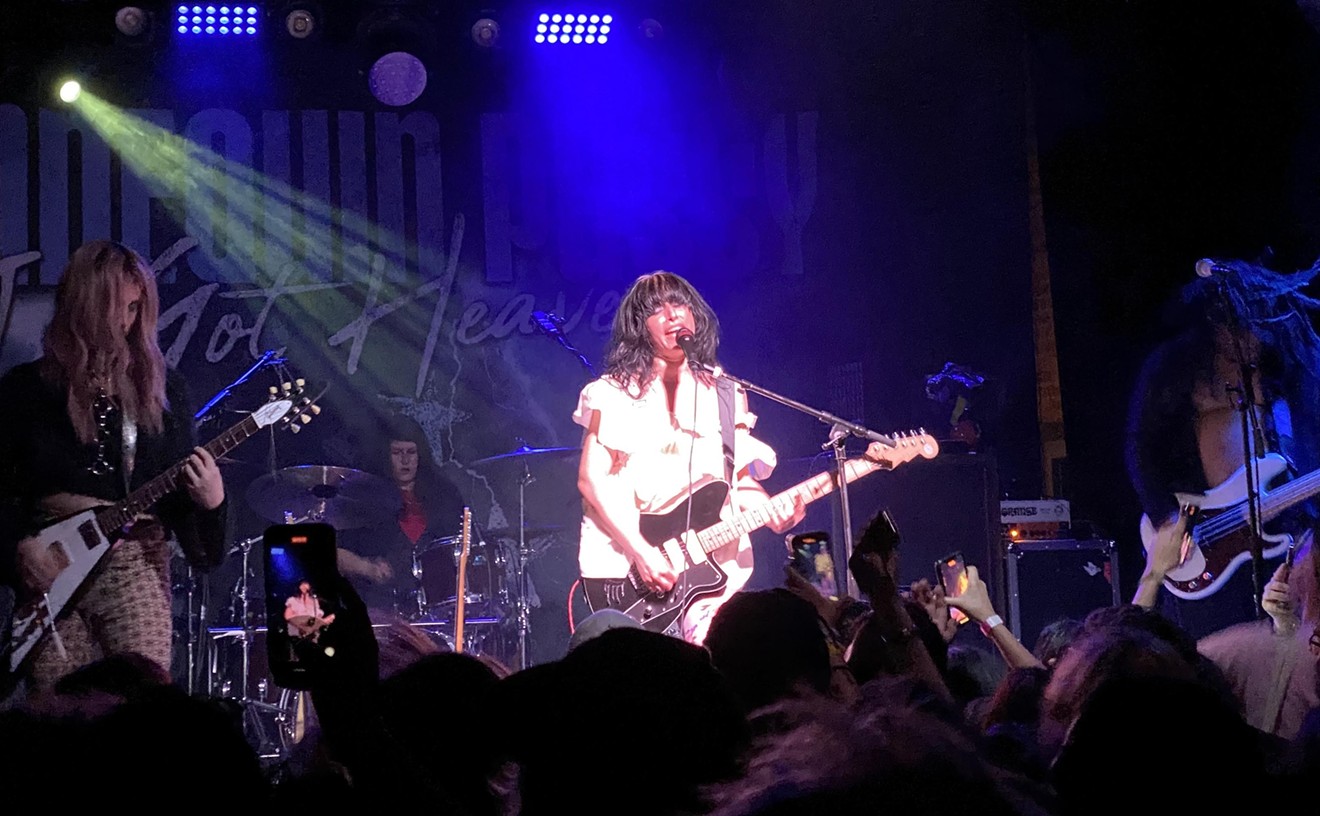Electronica is an infant genre compared to most, its creation depending solely on tools and instruments designed in the last half of the 20th century.
And its interpretation is constantly evolving.
Because, even though it remains relatively new type of music, there remain some distinct differences between electronic production of the post-millennial era as compared to the music of the previous century. And it's all thanks to one thing, no doubt: The increased availability and affordability of computer technology.
As the digital revolution took hold over the last few decades, more and more electronic music began making its way into mainstream culture. It's not tough to understand why; people just started picking up the mixers and beat pads and saying, "Hey, I can do this too." As a result, we've reached a point in modern music where teeny-boppers and soccer moms alike jam electronic songs that previously would have been playing in a club.
Still, as technological progression continues, so does the progression of electronic music. The genre is diversifying every day, with new branches of sound and unprecedented infusions of music arising.
In other words: No, not all electronic music is techno.
So, as your prepare for the upcoming Identity Festival's stop through town at the Gexa Energy pavilion on Sunday, August 28 -- and, believe us, we're going to be keeping you plenty prepared for that festival -- we figured it high time to take a closer look at the slight differences in blips, womps and various tempos that help classify various performers into separate, distinct subgenres of electronic music.
Already lost? Don't be. Just hit the jump for our Beginner's Guide to Electronic Music, and we'll carefully navigate you through these robot-infested musical waters.
The Pre-Computer Days
Really, it was the infiltration of turntables that founded the electronic genre -- well before computers were the widespread medium for production. Turntables spawned several different methods of integrating the technology available into live performances, with several DJs even employing VJs (video jockeys) to play along with them. Each branch of pre-computer electornica can be defined by the following characteristics:
Turntablism/Scratch DJing
• Physical turntables and vinyl records necessary for production
• Records used as voice recordings, acting like voiceovers to the music
• The "scratching" technique of moving a record back and forth on a turntable while simultaneously working a crossfader
• Little or no bass, as compared to other genres
• More downtime between noises
• Modern-day artists include DJ Shadow, Cut Chemist, Kid Koala
Techno
• The original "dance music" that infests your average "rave"
• Performed as one continuous DJ set as opposed to individual songs; meant to be heard all at once
• Rhythm-based
• Tempo varies between 120 beats per minute and 150 bpm
• Modern artists include Deadmau5, Duck Sauce, anything played in the Top 40 these days
Trance
• Techno hybrid with a more "chilled-out" feel
• Aims to create an ambiance with mid-song breaks that let the melody stand alone
• Classic European form of electronic music; originated in Germany
• Tempo varies between 125 beats per minute and 150 bpm
• Modern-day artists include Armin Van Buuren, Tiesto, Paul Oakenfold
Drum n Bass
• Heavily influenced by jazz
• Pulls sound from acoustic instruments and can be played with a live (often super badass) drummer
• Subgenres include Liquid (more instrumental layers and harmonies), Darkcore (a little slower and darker), and Jazzstep (more of a focus on the musicality)
• Tempo varies between 160 beats per minute and 190 bpm (FAST!)
• Modern-day artists include Chase & Status, The New Deal, Photek, Noisia
House
• Uptempo dance music
• Has a contemporary disco feel
• Repetitive electronic rhythms grounded by a kick drum on every beat; short staccato chord loops
• Tempo varies between 118 beats per minute and 135 bpm
• Modern-day artists include Benny Benassi, Fedde La Grand, Swedish House Mafia
The Computer Era
Advances in computer development have led to several new ways of creating electronic music. Before the 21st century, DJs had few systems they could choose from to make beats; now, more than handful exist. One of the most popular is Ableton, the first version of which came out in 2001. Ableton is a loop-based software for computers known as a music sequencer. It allows DJs to digitally mix tracks and add sound effects. Similar software systems include Apple Logic, Avid Pro Tools and Propellerhead Reason. Each genre listed below spurred from this type of musical composition:
Dubstep
• Characterized by heavy, heavy (borderline over-the-top) bass and a series of "womps" and "wobbles"
• Genre originated in the United Kingdom and was originally called "garage"
• Sub-genres include Brostep (known for its reputation of attracting a wide number of frat and Cali bros) and Lovestep (slower tempos, often reminiscent of '80s ballads or songs with female vocals)
• Tempo hits 70 beats per minute or 140 bpm (double-time), sometimes varies in between
• Modern-day artists include Bassnectar, Zeds Dead, Mochipet
Glitch-hop
• Heavily rooted and influenced by hip-hop
• At the birth of this genre, artists would literally scratch CDs and play the "skip" noise for a distinct choppy yet groovy sound
• Dubstep's sexier and less overwhelming cousin
• Does not have a specific tempo since it's defined by the glitch characteristics of composition
• Modern-day artists include Bass Science, Stephan Jacobs, The Glitch Mob
Electro-pop
• Songs that fit in the pop genre but are founded in electro beats
• Widely appealing or listener-friendly electronica
• Lots of melody
• Also known as synthpop or technopop
• Modern-day artists include D.V.S*, David Guetta, Miike Snow
New Age Electronic
• "Higher Consciousness Electronica," if you will, as it's rooted in spirituality, relaxation and meditation
• Often constitutes artistic expression over musical creation
• Incorporates certain elements from '80s music, such as lots of synth
• A constant slower tempo, often times somewhat droney
• Modern-day artists include Bluetech, The Nadis Warriors, KiloWatts
Downtempo
• Contemplative electronic music
• Slower and more minimalist style
• Emphasis on melody
• Sub-genres include trip-hop, which has a slower tempo and a laidback feel
• Modern-day artists include Bonobo, Emancipator, Gladkill
Mash-Ups
• Overlapping two or more original songs from any genre; either a splice of two songs or just different parts of two songs (such as melody and chorus) blended together
• Incorporates all genres including classic rock, rap, hip-hop, pop, alternative, indie and world
• Made electronically, but does not always include electronic beats
• Tempo varies depending on artist and how badly they have musical ADD
• Modern day artists include Girl Talk, The Hood Internet, Super Mash Bros.
Infusion
The great thing about the accessibility of the technology used to create electronic music is that it gives artists the opportunity to fuse whatever kinds of sounds they want to. This ability has allowed musicians to create their own individual genres that are often a hybrid of genres unrelated to electronic, such as classical, world or jam. This is a more progressive electronic sound that causes bands to elude musical classification.
Take, for example, Pretty Lights, the one-man sensation that is leading an electronic revolution of sorts. Pretty Lights incorporates elements of hip-hop and dub into his sound, while simultaneously adding significant emotion to his beats. Each song he produces -- and he puts out an average three albums per year -- has its own personality. You can literally feel what Pretty Lights felt when he created the song. It's not wompy enough to be dubstep, but not upbeat enough to be techno. The music is simply electronic -- and constantly pushing the boundaries of definition and innovation.
Another example is Big Gigantic, a duo with a unique twist on electro. Frontman and beatmaster Dominic Lalli flips the electro sound and also plays saxophone live, turning the music into a classical fusion. Drummer Jeremy Salken plays live with Lalli at every show.
Other examples include the Alabama-based Boombox, who add a strong funk element to their electronic set, and the Oakland-based Beats Antique, who integrate a distinct Middle Eastern or world flavor.
Of course, not all infusion electronica is strictly founded on synthesizers and wobbles.
Livetronica is another ever-increasingly popular subgenre, one which allows live bands to add an electronic element. Lotus, a four-piece jam band from Indiana, has in recent years morphed their style in the electro direction to make it even more dancetastic than it was before. Sound Tribe Sector 9 has for years incorporated many of these same elements.
...and that pretty much does it. Then again, by the time you read this, another seven subgenres have probably been created.
So... any questions?










